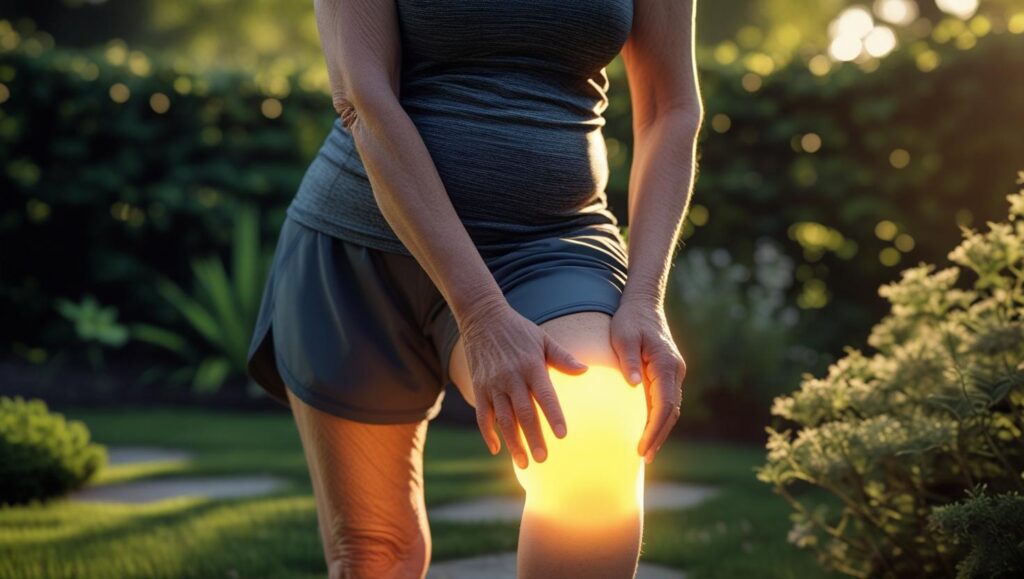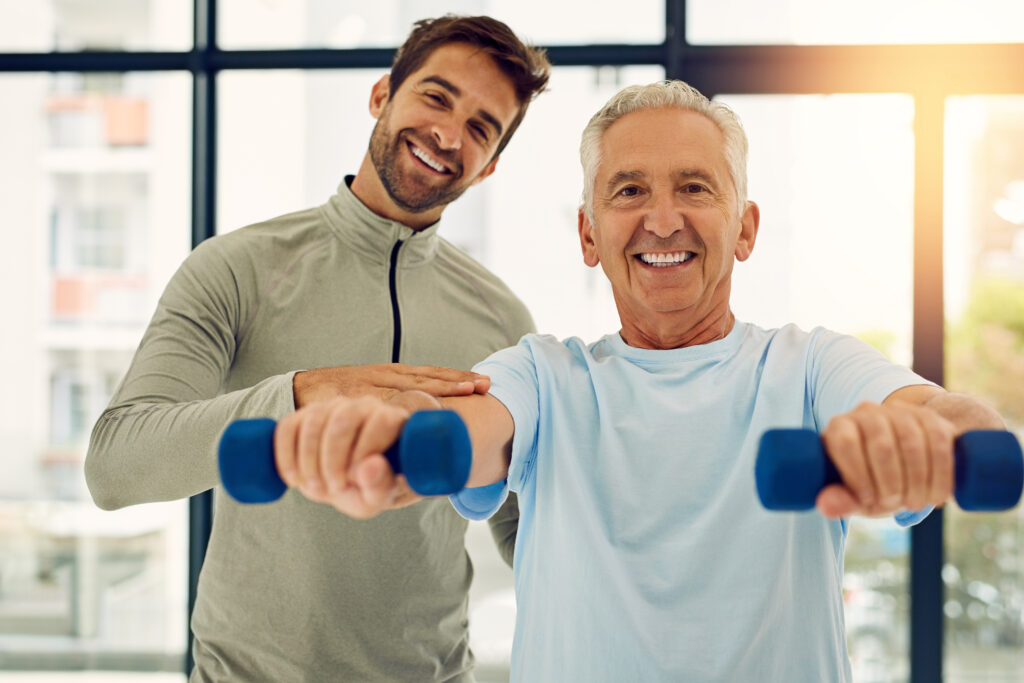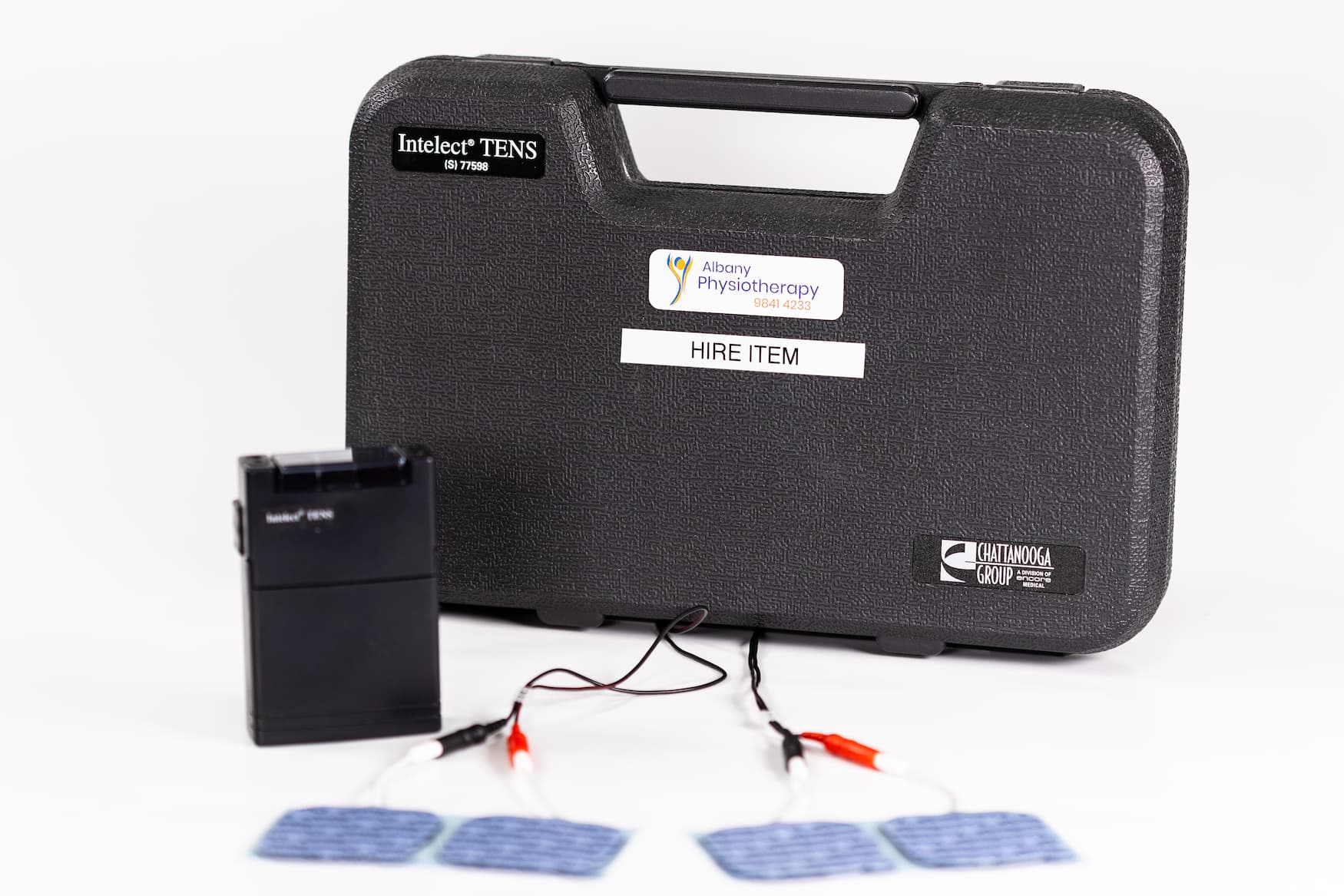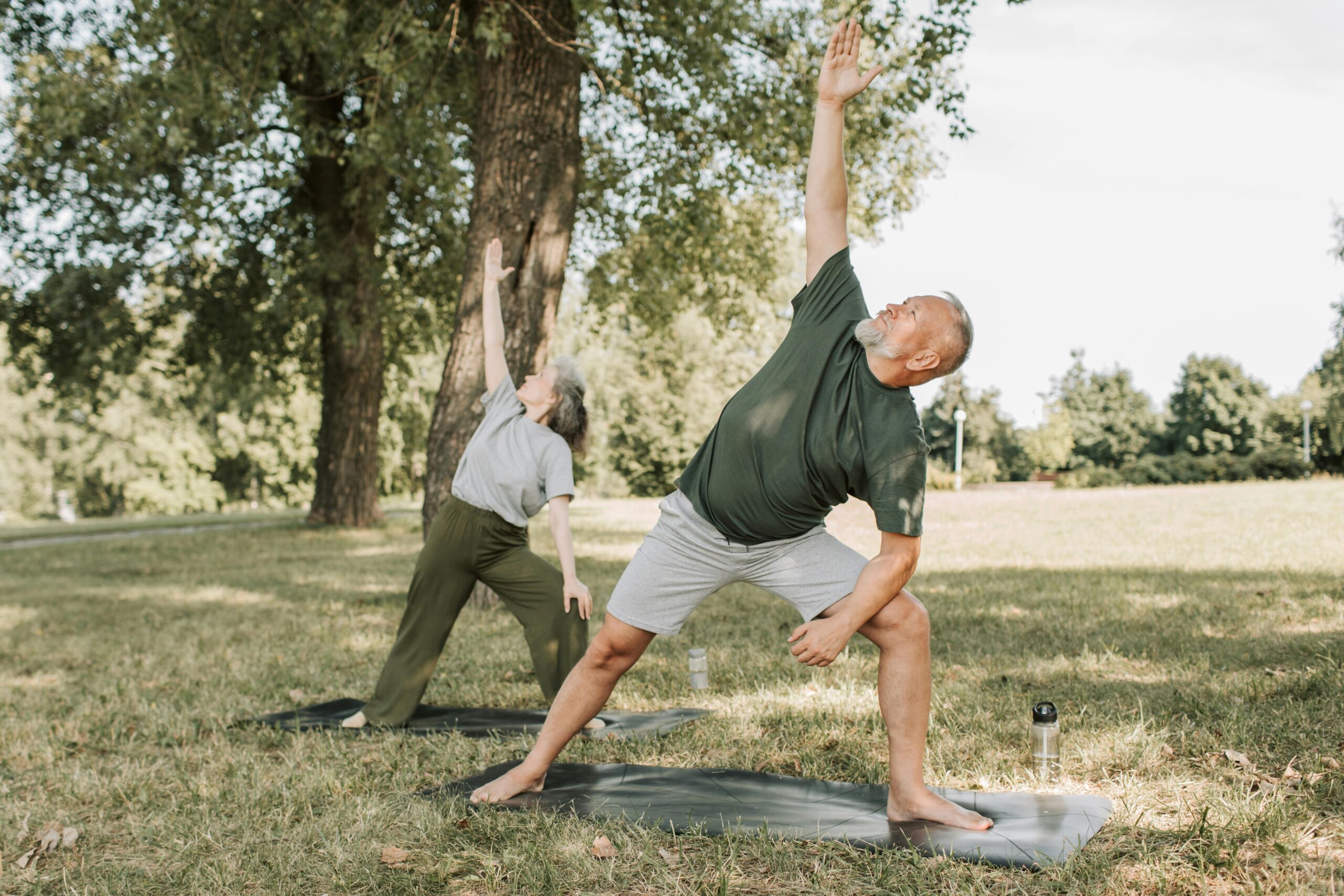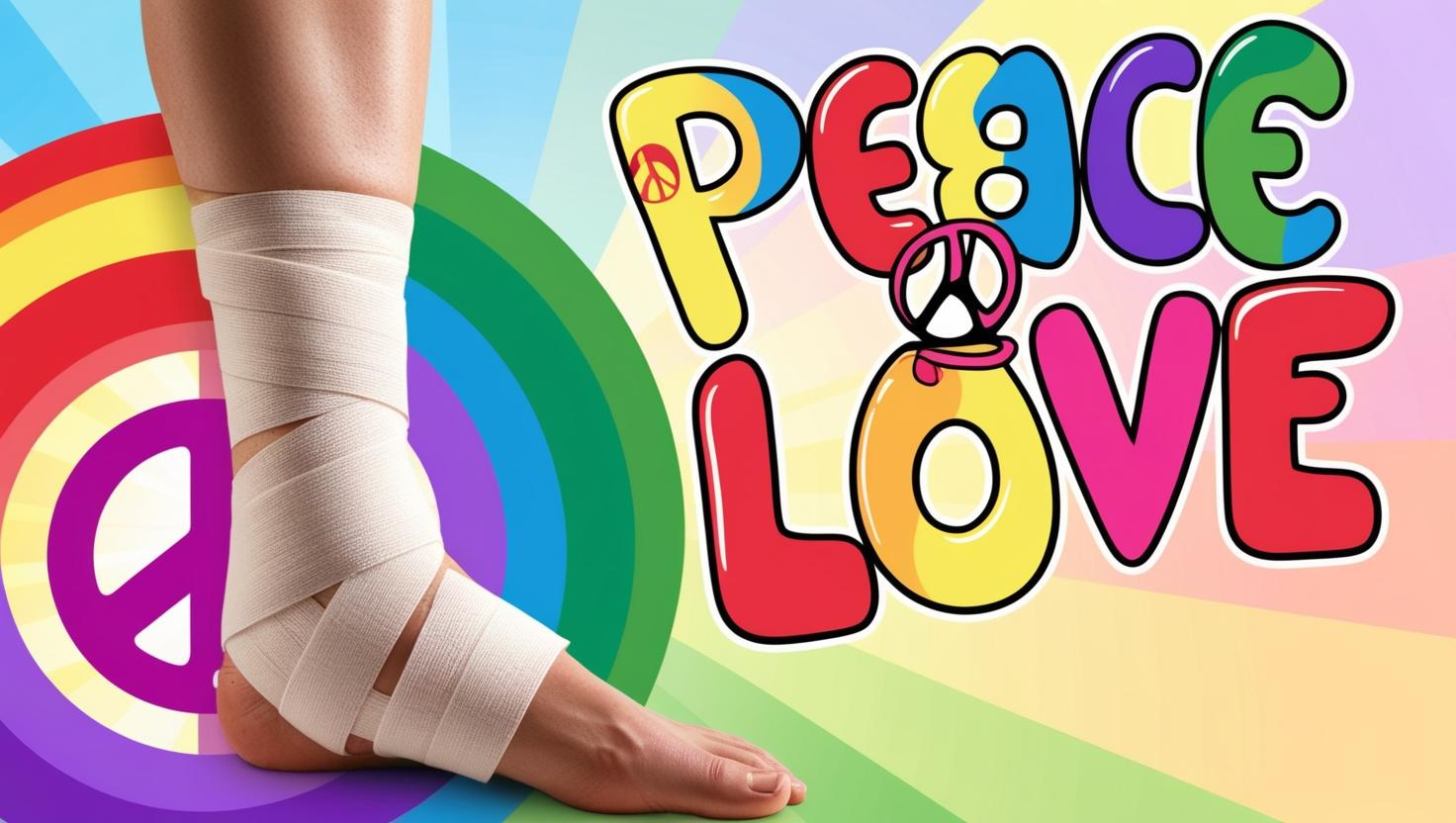When it comes to managing arthritis, one of the most effective (and sometimes overlooked) strategies is staying active. While arthritis can make even the simplest movements feel painful, regular physical activity can play a significant role in improving joint function, reducing pain, and improving everyday life.
But don’t worry, being active doesn’t mean you need to run marathons or spend hours at the gym. In fact, gentle and consistent movement can be one of the most beneficial things you can do for your joints (and health in general, but that’s for another blog post). Whether it’s your knees, hips, shoulders, fingers, or even your neck and back, movement is key to maintaining joint health and managing arthritis symptoms.
What Exactly Is Arthritis?
Arthritis is a general term for conditions that affect the joints, causing pain, swelling, and stiffness. The most common types include:
- Osteoarthritis (OA): This is not caused by wear and tear as commonly known, but is more related to a lack of movement and degenerative changes due to age. A form of arthritis that affects cartilage, leading to pain and stiffness in the joints.
- Rheumatoid Arthritis (RA): An autoimmune disorder that causes the body’s immune system to attack healthy joint tissues, leading to inflammation and pain.
- Psoriatic Arthritis (PsA): A type of arthritis that affects people with psoriasis, causing joint pain and swelling.
- Gout: A form of arthritis caused by the buildup of uric acid crystals in the joints, often leading to sudden, intense pain in one smaller joint.
Why Movement Is Crucial for Arthritis
Staying active is essential for everyone, but it’s particularly important for those managing arthritis. Here’s why:
- Improves Joint Mobility: Regular movement helps to keep your joints flexible and improves your range of motion. This is especially important for areas like the knees, hips, and shoulders, which can become stiff and painful over time due to arthritis and soft tissue stiffness/inactivity.
- Strengthens Muscles Around the Joints: By strengthening the muscles that surround your joints, you provide extra support, which can reduce the stress and strain on the affected area. This is crucial for managing arthritis in the larger joints: hips, knees, shoulders and back.
- Reduces Pain and Inflammation: Exercise helps to promote the release of endorphins—your body’s natural painkillers. It also helps reduce inflammation, which is a key cause of arthritis pain, especially in conditions like rheumatoid arthritis.
- Enhances Joint Lubrication: Movement encourages the production of synovial fluid, which lubricates the joints, reducing friction and helping to prevent stiffness and pain.
- Improves Balance and Coordination: For those with arthritis, especially in the knees and hips, maintaining balance is crucial. Exercise helps to improve your stability, reducing the risk of falls and further joint damage.
- Aids Weight Management: Carrying excess weight puts added pressure on weight-bearing joints, such as the knees and hips. Regular physical activity, combined with a balanced diet, helps you maintain a healthy weight, reducing stress on your joints.
How to Get Started with Joint-Friendly Exercise
It’s easy to assume that exercise will only make your arthritis worse, but research shows the opposite. Regular, low-impact activity can actually ease symptoms and improve joint health over time.
Examples of arthritis-friendly activities include:
- Walking: A simple, low-impact exercise that’s great for your knees, hips, and back. Start slow and gradually build up to 30 minutes a day, five times a week.
- Strength Training: Lifting light weights or using resistance bands helps build muscle strength, which provides support for the joints. Focus on controlled movements and start with lower weights to avoid stressing your joints.
- Swimming/hydrotherapy: The buoyancy of the water supports your body, reducing strain on your joints while providing a full-body workout. This is particularly good for hip and knee arthritis.
- Cycling: A low-impact way to strengthen the muscles around the knees and hips while maintaining joint mobility.
- Yoga or Pilates: Gentle stretching and strengthening exercises that promote flexibility and reduce stiffness. It’s also great for the shoulders, neck, and back.
Tips for Exercising with Arthritis
- Start Slow: If you’re new to exercise or haven’t been active in a while, begin with short sessions and gradually increase your duration and intensity.
- Listen to Your Body: Mild discomfort is normal, but sharp pain is not. If you experience significant pain during or after exercise, it’s important to adjust the activity or seek professional advice.
- Incorporate Rest: Rest is just as important as movement. Ensure you’re balancing activity with proper rest to give your joints time to recover.
- Consider Professional Guidance: A physiotherapist can help create a tailored exercise program that targets your specific joints and needs, ensuring you stay safe while improving your mobility.
Is a Little Movement Worth It?
Absolutely! Even small amounts of movement can have a big impact on arthritis management. Studies have shown that people with arthritis who engage in regular, low-impact exercise experience less pain, greater mobility, and a better overall quality of life.
It could be as easy as doing squats during TV commercials or an extra lap to the mailbox, it’s the small, consistent actions that make a big difference. Whether it’s taking a walk, stretching, or doing a few strength exercises at home, every little bit counts.

